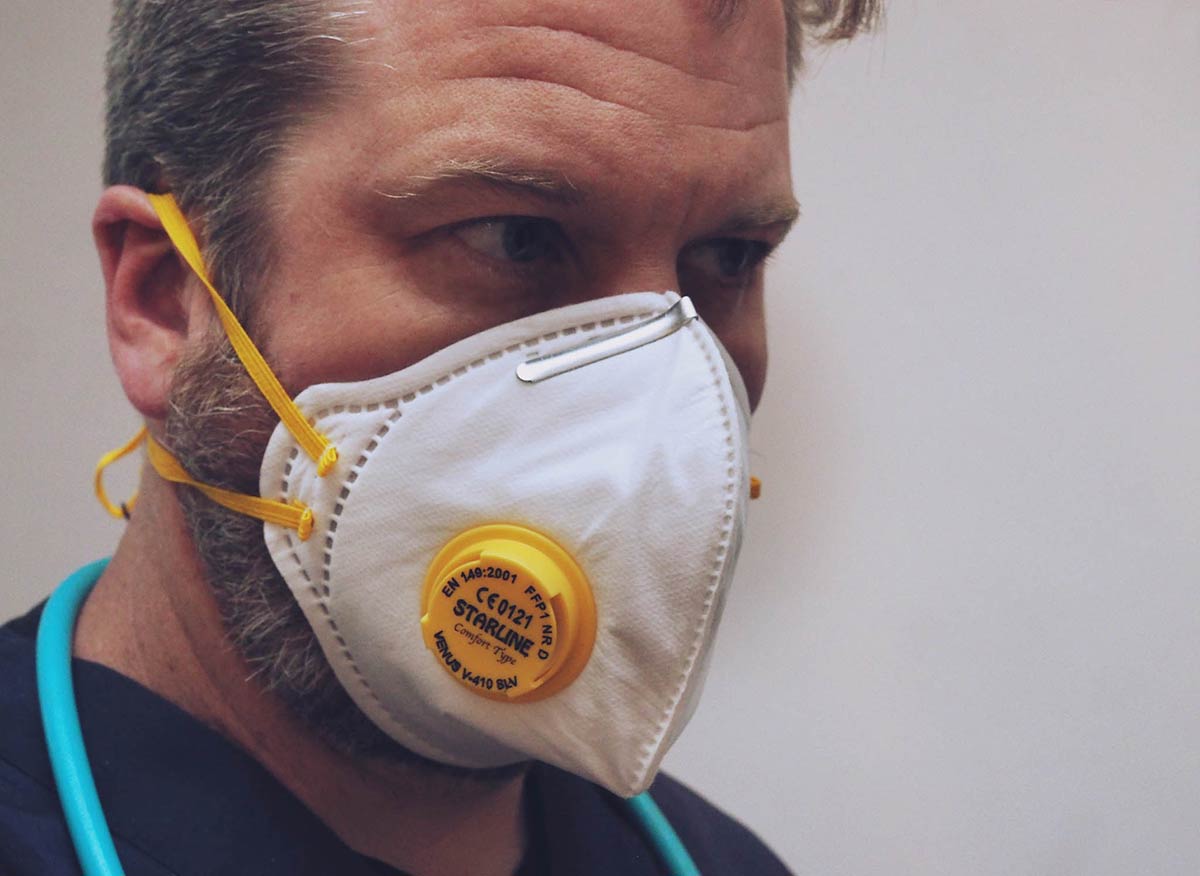Providing Lifesaving Support: The Crucial Role of ICU and Critical Care Services
In the realm of healthcare, the Intensive Care Unit (ICU) and critical care services play a paramount role in saving lives and providing specialized care to patients facing life-threatening conditions. These units serve as the last line of defense, offering a comprehensive range of medical interventions and monitoring that are essential for the recovery and stabilization of critically ill patients. This blog aims to shed light on the significance of ICU and critical care services, exploring their crucial functions, the dedicated healthcare professionals involved, and the advanced technologies employed in these lifesaving environments.
The Importance of ICU and Critical Care Services:
ICU and critical care services are designed to handle the most severe and complex medical cases, where patients require constant monitoring, close supervision, and immediate interventions. These units are instrumental in:
a. Providing lifesaving interventions: ICU and critical care services are equipped to deliver lifesaving treatments such as mechanical ventilation, cardiac resuscitation, and emergency surgeries. With highly skilled healthcare professionals, these units ensure rapid response and timely administration of critical interventions to stabilize patients.
b. Monitoring vital signs and organ function: In the ICU, patients’ vital signs, including heart rate, blood pressure, oxygen saturation, and brain activity, are closely monitored using advanced technology. This continuous monitoring enables healthcare providers to detect any signs of deterioration or complications promptly, allowing for early interventions.
c. Managing complex medical conditions: ICU and critical care services are equipped to manage a wide range of complex medical conditions, including severe trauma, organ failure, sepsis, acute respiratory distress syndrome (ARDS), and post-operative care. The multidisciplinary team in these units collaborates to develop individualized treatment plans for each patient, optimizing their chances of recovery.
The Dedicated Healthcare Team:
ICU and critical care units are staffed by a highly skilled and specialized healthcare team that works tirelessly to provide the highest level of care to critically ill patients. This team typically includes:
a. Intensivists: Physicians with specialized training in critical care medicine who lead the care team, oversee patient management, and make critical decisions regarding treatment plans.
b. Critical care nurses: Registered nurses with advanced training in critical care nursing who play a crucial role in patient monitoring, administering medications, and providing direct care. They ensure patients’ comfort, safety, and well-being throughout their stay in the ICU.
c. Respiratory therapists: Professionals trained in respiratory care who assist with managing ventilators, providing respiratory treatments, and ensuring optimal oxygenation for patients.
d. Pharmacists: Clinical pharmacists who specialize in critical care, ensuring appropriate medication management, preventing drug interactions, and optimizing drug dosages for critically ill patients.
e. Rehabilitation specialists: Physical and occupational therapists who collaborate with the care team to facilitate early mobilization and rehabilitation, aiming to restore patients’ physical functions and improve overall outcomes.
Advanced Technologies in ICU and Critical Care:
The ICU and critical care services rely on cutting-edge technologies to monitor patients, provide life-sustaining interventions, and improve outcomes. Some notable technologies employed in these units include:
a. Mechanical ventilators: These devices assist patients with breathing by delivering oxygen-rich air and maintaining optimal oxygenation and ventilation.
b. Hemodynamic monitoring systems: These systems continuously assess a patient’s cardiac output, blood pressure, and fluid status, aiding in early detection and management of hemodynamic instability.
c. Continuous renal replacement therapy (CRRT): CRRT machines are used to filter and purify the blood in patients with severe kidney dysfunction or failure, supporting their renal function until recovery is possible.
d. Electronic health records (EHR): EHR systems allow for comprehensive documentation of patient information, facilitating seamless communication among healthcare providers and ensuring continuity of care.



6 Comments
Richard Muldoone
The example about the mattress sizing page you mentioned in the last WBF can be a perfect example of new keywords and content, and broadening the funnel as well. I can only imagine the sale numbers if that was the site of a mattress selling company.
Mike Dooley
The example about the mattress sizing page you mentioned in the last WBF can be a perfect example of new keywords and content, and broadening the funnel as well. I can only imagine the sale numbers if that was the site of a mattress selling company.
Richard Muldoone
The example about the mattress sizing page you mentioned in the last WBF can be a perfect example of new keywords and content, and broadening the funnel as well. I can only imagine the sale numbers if that was the site of a mattress selling company.
Mike Dooley
The example about the mattress sizing page you mentioned in the last WBF can be a perfect example of new keywords and content, and broadening the funnel as well. I can only imagine the sale numbers if that was the site of a mattress selling company.
Richard Muldoone
The example about the mattress sizing page you mentioned in the last WBF can be a perfect example of new keywords and content, and broadening the funnel as well. I can only imagine the sale numbers if that was the site of a mattress selling company.
Mike Dooley
The example about the mattress sizing page you mentioned in the last WBF can be a perfect example of new keywords and content, and broadening the funnel as well. I can only imagine the sale numbers if that was the site of a mattress selling company.